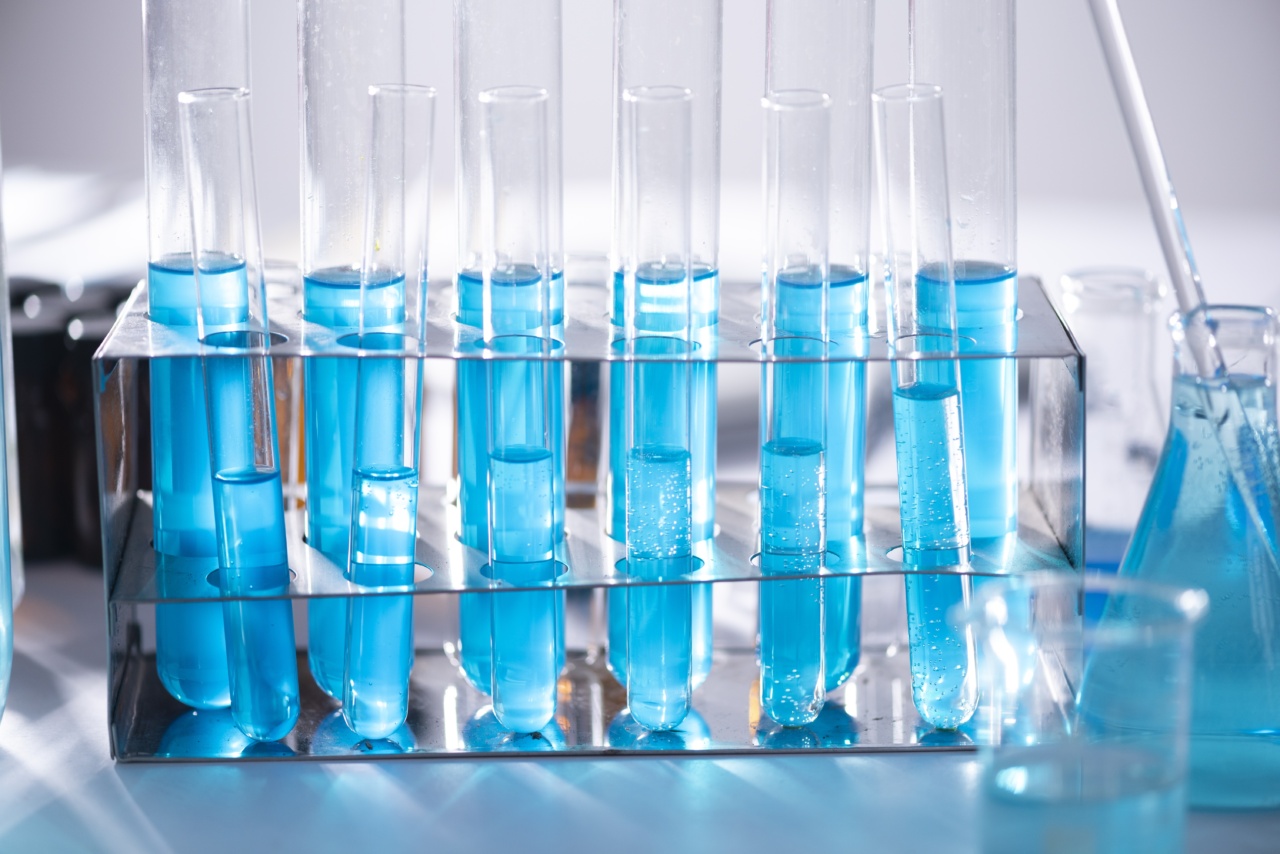Medical technology has come a long way in recent years with the development of 3D printing. A technology that was once used to create plastic models of prototypes is now being used to create human organs, tissues, and even blood vessels.
3D printing is changing the face of medicine by providing alternative methods of organ replacement and patient-specific treatments. In this article, we will explore the future of medical technology and the impact that 3D printing is having on the field of medicine.
What is 3D Printing?
3D printing, also known as additive manufacturing, is the process of creating three-dimensional objects from a digital file. The printer builds the object layer by layer until it is complete.
The technology was originally developed for prototyping and product development in various industries, but it has grown to be used in medicine as well.
How Does 3D Printing Work in Medicine?
3D printing in medicine involves creating patient-specific models, implants, and even organs and tissues. The technology is used to create a digital image of the organ or tissue that needs to be created/replaced.
This digital image is then used to create a physical three-dimensional model that is used in pre-surgery planning. The model can also be used to create a custom implant or prosthesis.
3D Printed Organs
One of the most significant impacts of 3D printing in medicine is the ability to create human organs. Thousands of people are waiting on organ transplant lists, and many die every day waiting for a suitable donor.
3D printing organs eliminates the need for donors, and it provides an alternative to traditional organ transplant surgery.
To create a 3D printed organ, a CT scan is taken of the patient’s affected area, and the data is processed through a software program that creates the 3D model for printing.
The printer then uses the digital image to manufacture the organ layer by layer using a biological material, such as stem cells. Once the organ is complete, it is transplanted into the patient.
The Advantages of 3D Printing Organs
The ability to print 3D organs has several advantages over traditional transplant surgery. Firstly, it eliminates the need for donors, which is a significant limitation of traditional organ transplant surgery.
Organs can be printed on demand, which means that patients can receive a transplant much faster than they would if they had to wait for a donor. Additionally, 3D printed organs are custom-made for the patient, which means that there is a lower risk of rejection because the body recognizes the organ as its own tissue.
3D Printed Tissues and Blood Vessels
3D printing is not just limited to creating organs. It is also used to create tissues and blood vessels.
3D printed tissue is created by printing a scaffold of a particular tissue type, such as heart tissue, and then filling the scaffold with a patient’s own stem cells. The scaffold provides a framework for the cells to grow and develop into the desired tissue type. Similarly, 3D printed blood vessels can be created to replace damaged or diseased blood vessels.
The Impact of 3D Printing on Medicine
The impact of 3D printing on medicine has been significant. It has opened up new avenues for patient treatment and has the potential to revolutionize the field of organ transplantation.
3D printing has also made surgery more precise and has reduced the time patients need to spend in the operating room. Additionally, it has reduced the cost of medical treatment because it reduces the number of complications that can arise from traditional surgeries.
Challenges for the Future
Despite the many benefits of 3D printing in medicine, there are still significant challenges that must be overcome before it can become the standard of care.
First, the technology is not yet advanced enough to create all types of organs, and the organs that can be created are not yet fully functional. Additionally, the technology is expensive, and the process of creating organs and tissue is still time-consuming. Finally, there are still ethical concerns to be addressed, such as the creation of organs for non-medical purposes.
Conclusion
In conclusion, the future of medical technology is incredibly promising. 3D printing has the potential to provide solutions for patients who need organ replacement and who cannot wait for a donor.
The technology has already started to impact the field of medicine, and it is expected to grow and expand as the technology improves. In the future, 3D printing may become a standard of care, revolutionizing the field of medicine and providing new hope for patients worldwide.


























